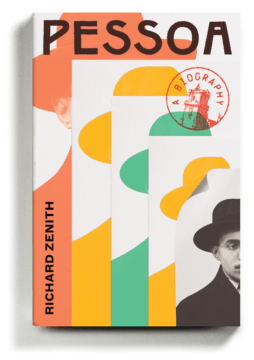Parul Sehgal at the NYT:
 He published a few books that went mostly unnoticed, but there were rumors of a trunk in his room stuffed with his true life’s work. After his death in 1935, the trunk was discovered, brimming with notes and jottings on calling cards and envelopes, whatever paper appeared to be handy. They were authored not only by Pessoa but by a flock of his personas (“heteronyms,” he called them): a doctor, a classicist, a bisexual poet, a monk, a lovesick teenage girl. Among his writings was a sheaf of papers that would become his masterpiece: “The Book of Disquiet,” a mock confession in sly, despairing aphorisms and false starts — “The active life has always struck me as the least comfortable of suicides.” In total, Pessoa created dozens of heteronyms, most complete with biographies, bodies of work, reviews and correspondence. He was awed, and a little afraid of his mind, its “overabundance.” What relation did it bear to a family history of nervous instability?
He published a few books that went mostly unnoticed, but there were rumors of a trunk in his room stuffed with his true life’s work. After his death in 1935, the trunk was discovered, brimming with notes and jottings on calling cards and envelopes, whatever paper appeared to be handy. They were authored not only by Pessoa but by a flock of his personas (“heteronyms,” he called them): a doctor, a classicist, a bisexual poet, a monk, a lovesick teenage girl. Among his writings was a sheaf of papers that would become his masterpiece: “The Book of Disquiet,” a mock confession in sly, despairing aphorisms and false starts — “The active life has always struck me as the least comfortable of suicides.” In total, Pessoa created dozens of heteronyms, most complete with biographies, bodies of work, reviews and correspondence. He was awed, and a little afraid of his mind, its “overabundance.” What relation did it bear to a family history of nervous instability?
Mammoth, definitive and sublime, Richard Zenith’s new biography, “Pessoa,” gives us a group portrait of the writer and his cast of alternate selves — along with a perceptive reading of what it meant for Pessoa to multiply (or did he fracture?) like this.
more here.
